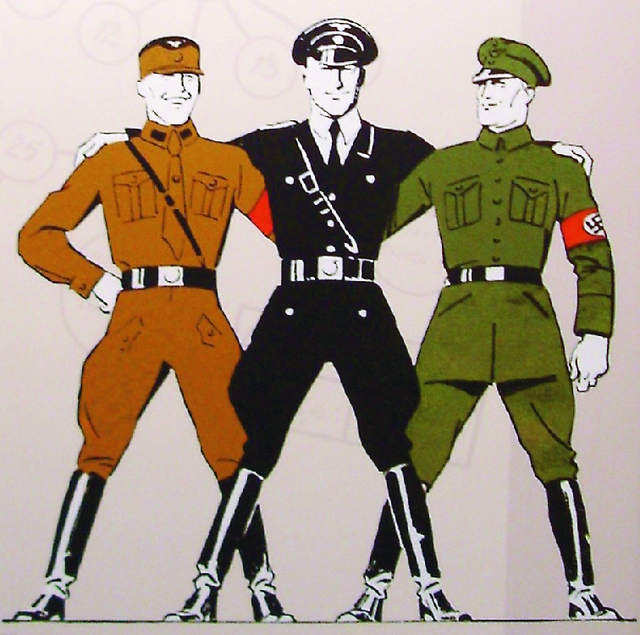More than 60 years down the line, it can be difficult to get all that worked up about Hitler and his dirty deeds. Over the intervening decades, the word Nazi has become tragically diluted. These days, you might call your spouse a Nazi for demanding that you do your share of the housework, or your boss one for refusing to let you make personal calls at the office.Thankfully, Holocaust museums and related institutions are designed help us remember what the word actually means. Every conscious adult knows that Hitler and his Nazi thugs designed hideous programs to exterminate Jews, Roma (gypsies), the disabled and other minority groups. Most of us know the Nazis also sought to annihilate homosexuals from the face of the Earth.Many of us don’t know the details, though. Quite frankly, if you’ve never taken the time to consider the individual stories of the homosexuals who were imprisoned, tortured and murdered under Hitler’s gruesome regime, then the true horror of this genocidal crime will never hit home.A touring exhibit at the New Mexico Holocaust and Intolerance Museum gives us the opportunity to do just this. The experience isn’t a pleasant one, obviously, but in an odd way it is fulfilling. We live in a relatively free and tolerant nation, but the same elements that made this mass murder possible lurk beneath the surface of even our own society. From the beginning of the German Empire in 1871, Section 175 of the country’s criminal code made “unnatural indecency” between men illegal. When the Nazis were voted into power in 1933, they began enforcing this law with a vengeance, arresting tens of thousands of men, throwing them in prison to be brutalized by police, interrogators and guards. Those thrown into concentration camps were forced to wear pink triangles. Many were castrated. Oddly, lesbians were not systematically persecuted during Hitler’s reign of terror, partly because women were subjugated in general in Nazi society, and since lesbians could bear children, they were still deemed to be of use to the state. Nazi Persecution of Homosexuals, 1933-1945 was created by the United States Holocaust Memorial Museum in Washington, D.C. The order of the numbered panels is a little chaotic in parts, mainly because of the narrow layout of our own Holocaust Museum. All in all, though, this is a thoughtful, emotionally gut-wrenching exhibit that everyone should take the time to see.The main content of the exhibit consists of numbered panels which cover the history of German treatment of homosexuals before, during and after the Nazis came to power. Photographs, paintings and propaganda posters enhance the explanatory texts. A reading table offers the opportunity to browse books on the subject. A display toward the back of the museum was created by ABQ Pride to examine the history of the queer rights movement in New Mexico.Hitler’s persecution of homosexuals was ignored for decades. Even after the Nazis were defeated in 1945, the law that criminalized homosexuality was kept on the books. In 1956, West Germany declared that internment in a concentration camp based on homosexuality disqualified a person from receiving compensation. Homosexual relations between adult men wasn’t made legal in Germany until 1969. Homosexuals murdered by the Nazi regime didn’t even receive a public commemoration until the mid ’80s.Why mention these things? Because it’s all too easy to consider the Nazi treatment of homosexuals as an aberration. It isn’t. It’s merely the sick, dark destination toward which subtler kinds of bigotry tend, the worst possible extreme of the spectrum.
Nazi Persecution of Homosexuals, 1933-1945 runs through June 16 at the New Mexico Holocaust and Intolerance Museum (415 Central NW). 247-0606, www.nmholocaustmuseum.org.










